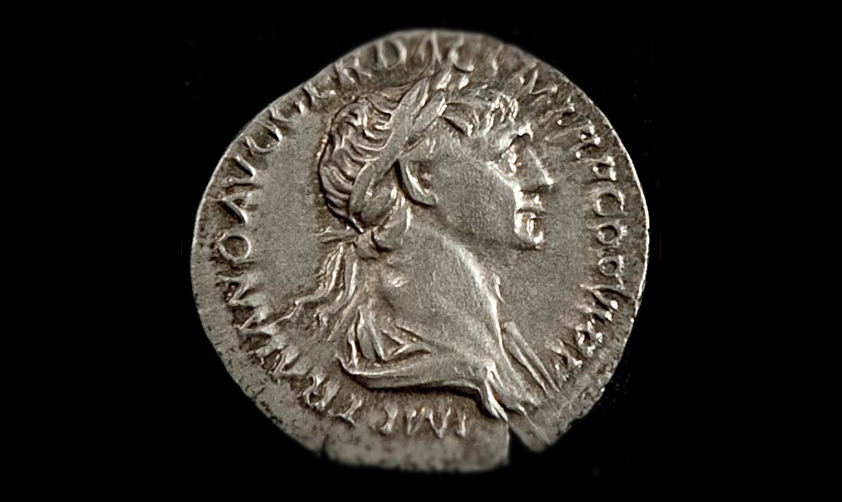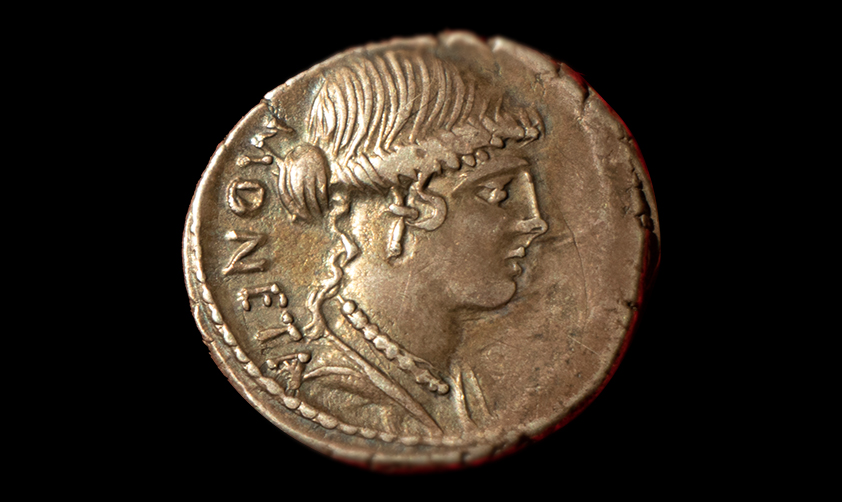
Some of the words European languages commonly use for money are related in curious ways by origin and meaning, and in more or less complex and subtle ways; and some relate not just to each other, but to other common words in other areas.
The Italian word 'soldo', for instance, is one that would be familiar to all children in Italy, but possibly also the least used in specialized circles. Behind it, however, are the name and history of a particular coin from late antiquity - something specialists will know about but children would not.
Between the 3rd and 4th century CE, the Roman Empire went through a period of civil wars (known to historians as the Military Anarchy), of external invasions and of unrest stemming from persistent inflation lasting about fifty years. Silver had all but disappeared from Roman coins, whose value was no longer guaranteed by its metal content and resided solely in the trust that citizens could might have in the emperor who issued them (which is to say, the state). Imperial authority, however, was faltering. Diocletian, who was emperor from 284 to 305, restored some political stability, but his attempt to set a cap on wages and prices with the Edict on Maximum Prices failed to keep inflation at bay. In the face of these difficulties, and seeing silver coinage in free fall, those citizens who enjoyed some wealth had long started hoarding gold to protect their purchasing power. Gold thus became the real store of value of that time and, because it was in very high demand, its price continued to rise. Those who had no wealth they could convert into gold instead fell prey to the inflationary spiral.
This state of affairs was sanctioned by the Emperor Constantine, so to speak, who reigned 306-337 CE. Instead of undertaking a monetary reform, a feat failed by other illustrious predecessors, Constantine devised a model based on an already existing currency, the solidus, adjusted its weight, and decreed that it was to be worth 'as much gold as it weighed', thus protecting it from the practice of debasement. He thereby institutionalized a situation which saw two currencies in circulation: a stable gold currency, and a 'divisional currency' that was minted in baser metals and was exposed to inflation. This model clearly only accentuated the divide between social classes, as the wealthier, who could afford to use gold coins, were ensured a stable purchasing power, whereas those with the other types of coin were exposed to their progressive loss of value and became poorer and poorer.
The solidus was to remain in use for a long time (about seven centuries) and to last through several monetary reforms, becoming one of the most enduring and prestigious currencies in history - so much so that soldo became the Italian vernacular word for 'money' and is still used today. The solidus continued to circulate, especially in the Eastern Roman Empire (which had resisted the barbarian invasions) and it also became the model for the minting of coins in currencies outside the empire, such as the Arab dīnār.
That's not all. Solidus is also closely related to the English word 'soldier', to 'soldato' in Italian, 'soldat' in French, 'Soldat' in German and 'soldado' in Spanish. This is no accident, because in Latin solidus also meant 'full' or 'whole', whereas the verb solidare meant 'to pay', i.e. to restore a situation to its state of fullness and wholeness, which is exactly what happens when a debt is settled! By extension, solidarius also became the term for those who provided their services for a wage, and, in the Middle Ages, it referred especially to mercenaries, whose trade was to fight for... money.









